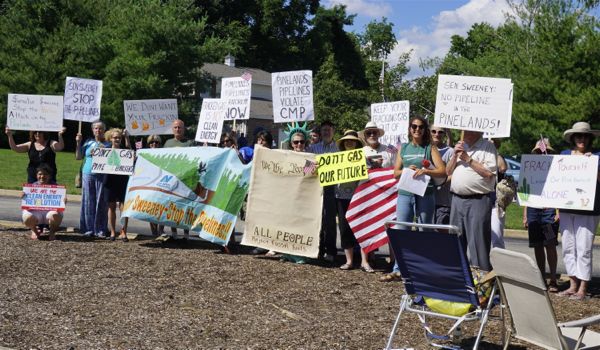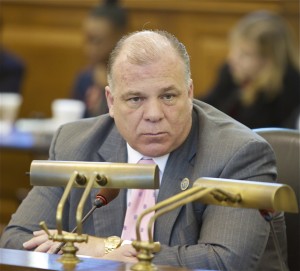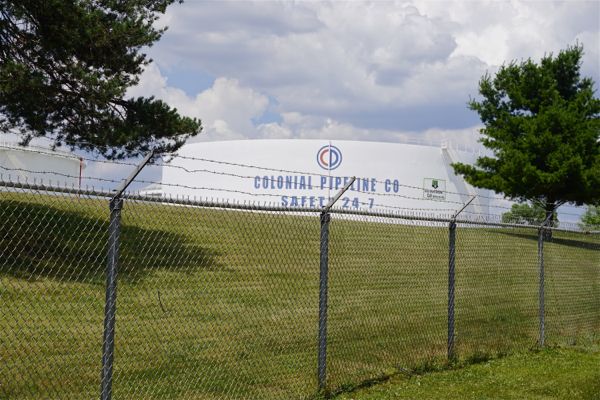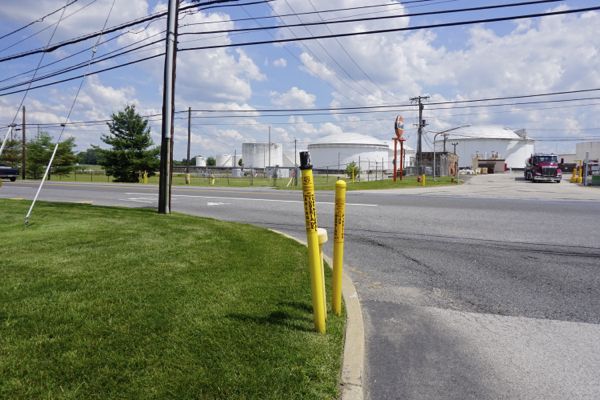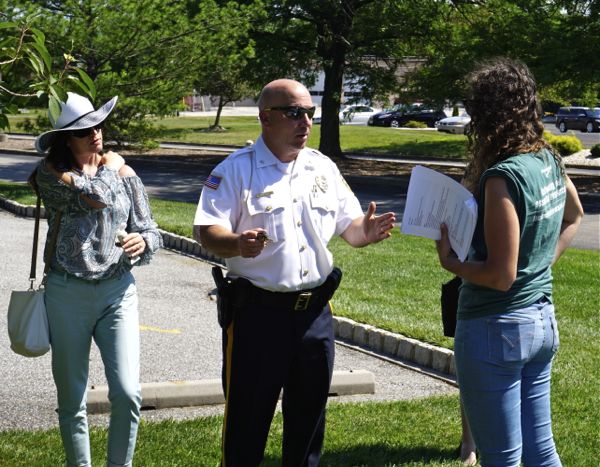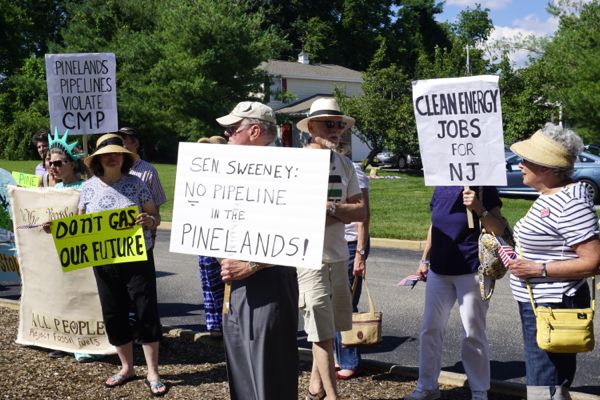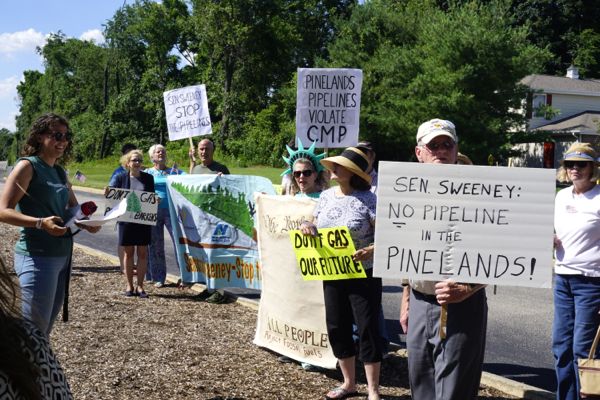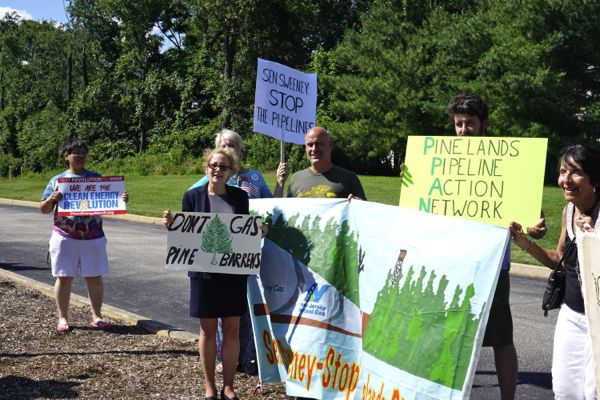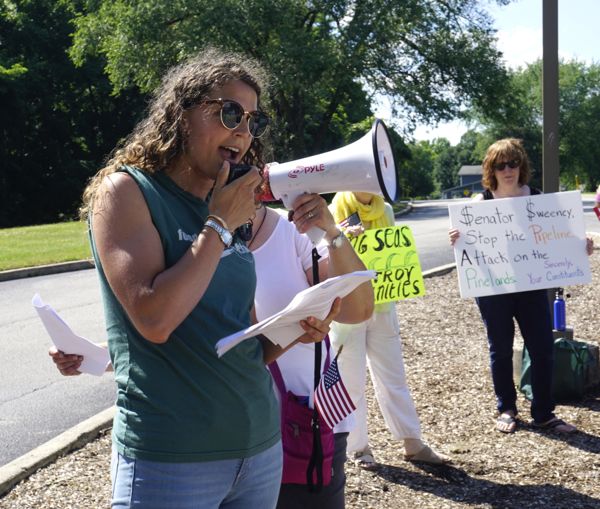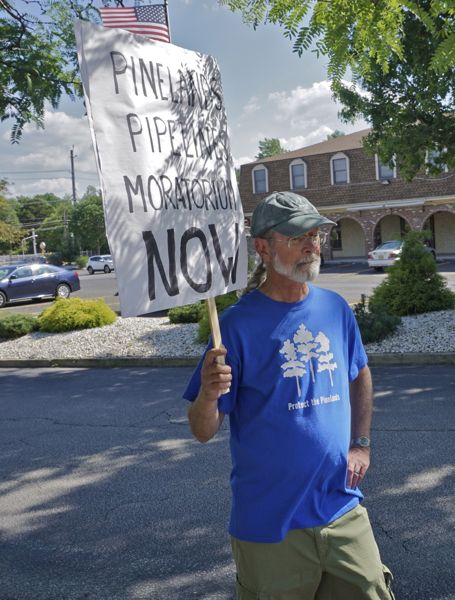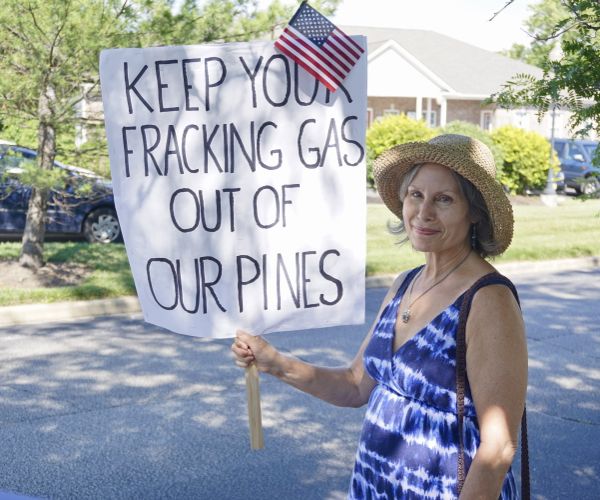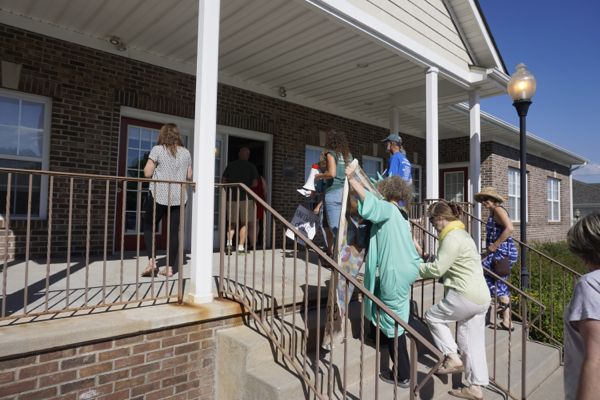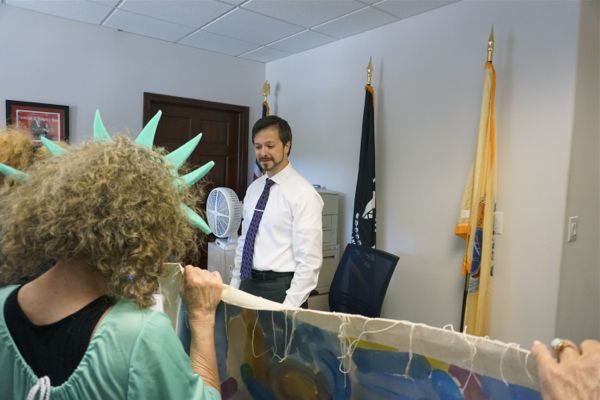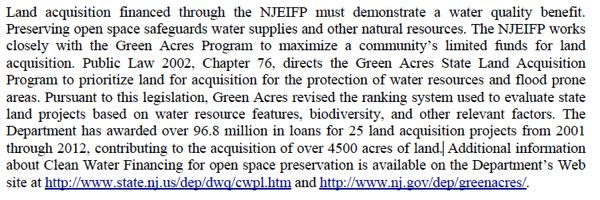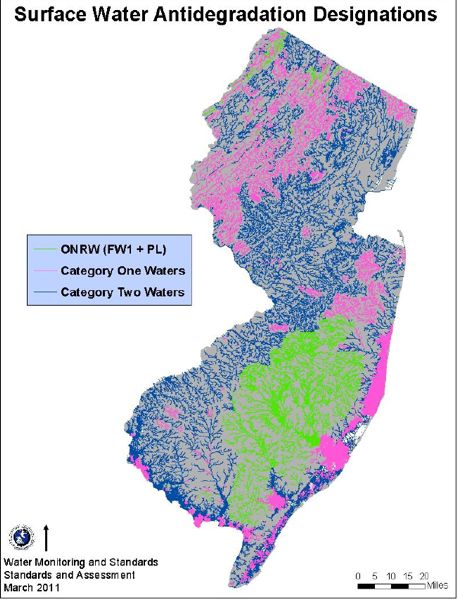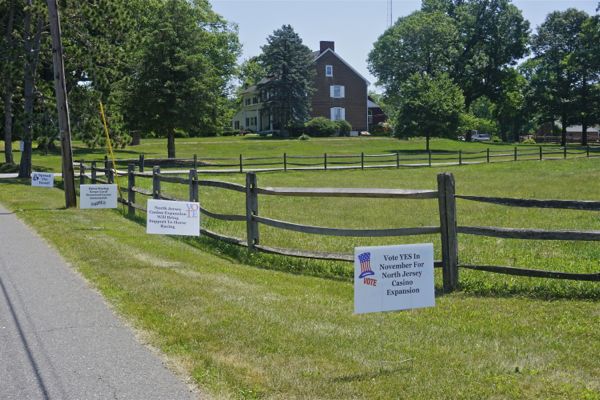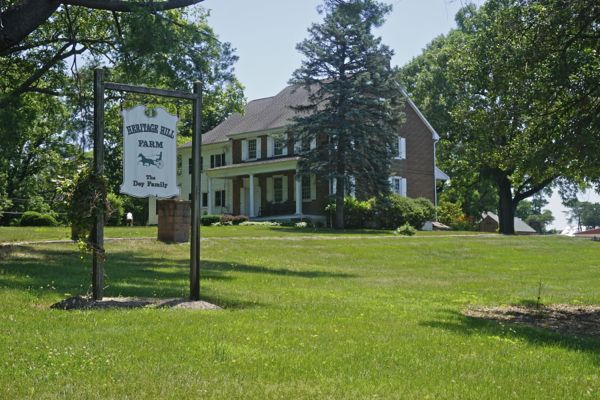Tell Senate President Sweeney – No Deals On Clean Water
Sweeney spins
Inappropriate to negotiate back room political compromises on regulatory protections
Yesterday former Governor Tom Kean wrote a strong Op-Ed urging the Legislature to veto the Christie DEP’s Flood Hazard rules and today the Star Ledger weighs in with a strong supporting editorial:
My jaw dropped reading this line from Senator Sweeney:
Sweeney’s rationale for the delay is that he’s trying to find a middle ground. He says he plans to meet with the head of the state Department of Environmental Protection to work out a compromise. “You have my commitment,” he said this week. “If we can’t fix this, on Aug. 1, we’ll pass it.”
Compromise? “Fix” it?
The thought of Senator Sweeney meeting with DEP Commissioner Bob Martin to discuss complex regulations and “fix” them absolutely boggles the mind.
It is totally inappropriate to negotiate back room political compromises on regulatory protections (for an example of exactly how Sweeney abuses the process, see: “Political Pressure On DEP: How The Game Is Played”).
Talk about the blind leading the blind! (and Sweeney is expressing no confidence in Senate Environmental Committee Chairman Bob Smith, who has rigorously, openly, and fairly considered the DEP proposal.)
There have been several hours of testimony by experts, including DEP, before the Senate Environment Committee, over a period of months. EPA and FEMA lawyers and experts reviewed the rules as well.
The rule proposal was over 900 pages and there is another several hundred pages of DEP’s responses to hundreds of public comments. And, of course, another hundred pages or more of a “concurrent proposal”. Of course, DEP Commissioner Martin will tell Sweeney that the proposal has been fixed already.
Sweeney can knowledgeably participate in this debate? Are you kidding me? (Sweeney’s “experts” are likely Dennis Toft and Dale Florio)
Sweeney probably didn’t think he’d face press scrutiny about his failure to post the SCR 66 veto Resolution. He is spinning.
Just as we warned:
The public and the Committee will be drowned in the weeds of a lengthy adoption – response to public comments document on the original proposal along with an entirely new and complex re-proposal document. This is a formula for political manipulation. It will take weeks to decipher the documents. Meanwhile, by the time the dust settles, the original proposal will be adopted into law and the Veto Resolution will have withered on the vine (faded into the budget debate) and the Legislature adjourned for the summer.”
Sweeney has never been a supporter of strong environmental regulations, and he has supported the Christie DEP rollbacks.
Obviously, the Star Ledger editorial board didn’t know that Sweeney opposed the Category One buffers back in 2007.
Back in 2007, then Senator Sweeney joined then Republican Senate President Bob Littell in attacking the C1 stream buffer program:
404. COMMENT: The proposed Category One designations would appear to be more about curbing development than enhancing water quality standards. Unfortunately, this new regulatory proposal tips the balance even more against the economic prosperity of the areas, district 24 and 3. (127, 221) (source: DEP regulatory document)
Tell Sweeney No Deals on Clean Water!
[End note: Truly “fixing” these rules would require, among other things, that stream buffer protections and surface water quality standards are enforced.
As we wrote, that would provide a regulatory basis to kill major development, like pipelines. Legislative veto of DEP rules for failure to protect buffers and water quality would also be used in anti-pipeline litigation.
Sweeney is a strong supporter of not only development, but pipelines in particular.
And we will never forget how he twisted arms to make the Pinelands pipeline happen. ]
